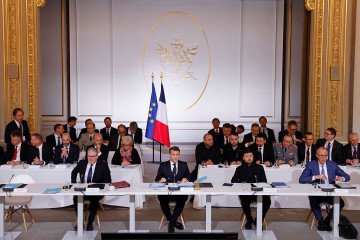- Category
- Latest news
How Many Decades and Billions Will Russia Need to Rebuild Its Strategic Bomber Force?
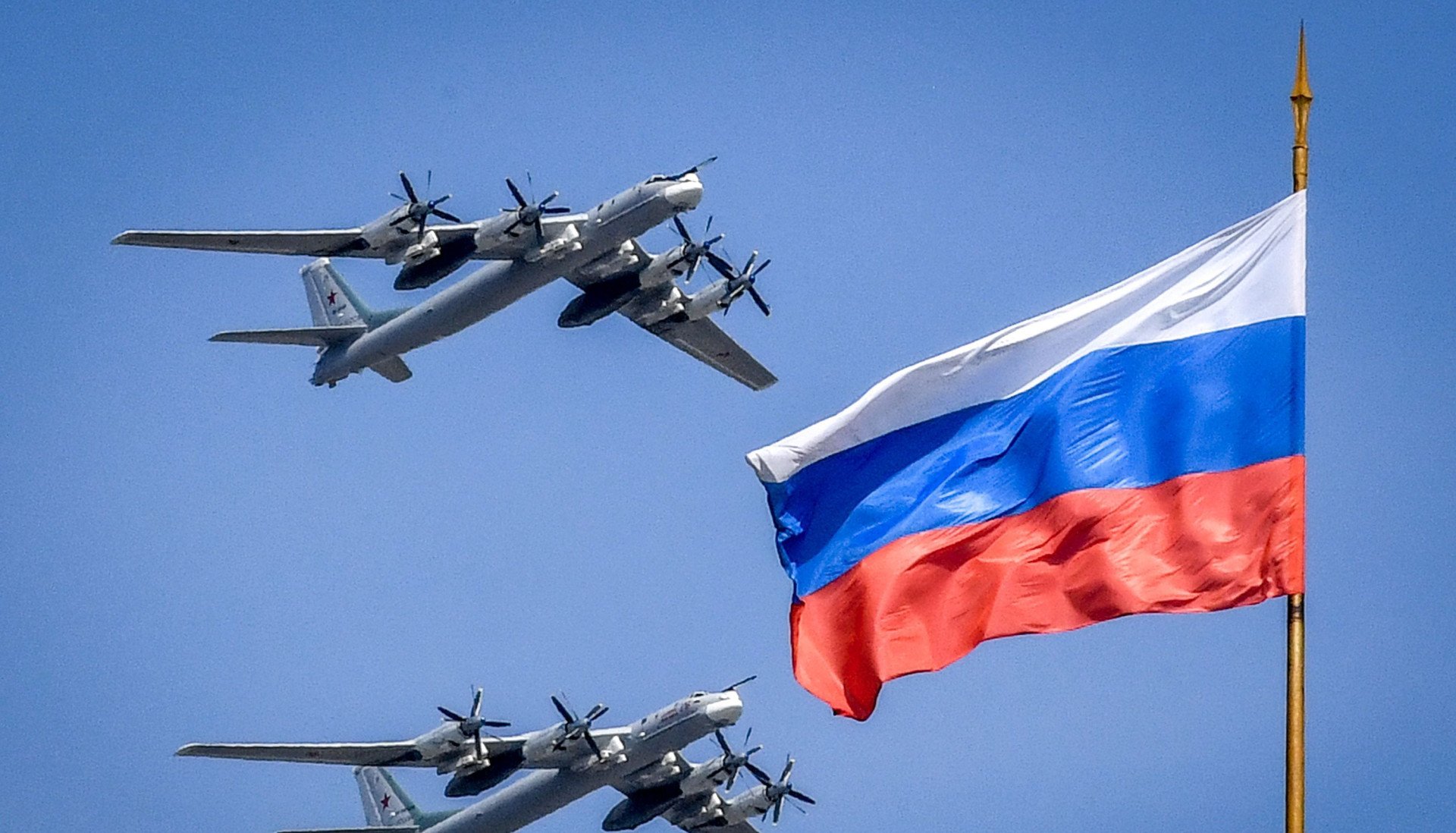
Security Service of Ukraine (SBU) has confirmed that a series of FPV drone attacks on Russian airbases, called Operation Spider Web, led to the destruction of 34% of Russia’s strategic cruise missile carriers—effectively wiping out one-third of the air-based component of Russia’s nuclear triad.
This operation marks the first time in modern warfare that a fleet of strategic bombers was damaged or destroyed by small, low-cost drones, and Ukrainian officials estimate the losses to Russia could far exceed $7 billion, but Ukrainian defense outlet Defense Express stated that such damage cannot be measured in money alone in a report, published on July 3.
🔴 34% of strategic cruise missile carriers at the main airfields of the Russia were hit as a result of today's operation, according to the Security Service of Ukraine.
— UNITED24 Media (@United24media) June 1, 2025
The losses are estimated at approximately $7 billion. pic.twitter.com/Yf4RRmnWH7
“The real cost isn’t in replacing the equipment – it’s the strategic setback,” Defense Express noted, adding that Russia may never fully recover from these losses.
Russia faces irreplaceable losses
The SBU stated that Russian aircraft were intentionally targeted in a way that made repairs impossible. The long-term implications are severe, especially since Russia has not produced new strategic bombers since the mid-1990s.
Any hopes for restoring lost capacity now hinge on legacy Soviet-era airframes or a next-generation bomber project that remains far from operational.
-c1dc0e9d3274ed753ed6eac604ccf8e4.png)
The Tu-160M2, Russia’s most modern strategic bomber, is being built from uncompleted Soviet airframes—not from new production.
Since 2022, only two have been assembled, with two more in progress. Most other Tu-160s are undergoing modernization rather than new production. Russia reportedly has between 12 to 18 Tu-160s total, with five currently grounded at the Kazan plant.
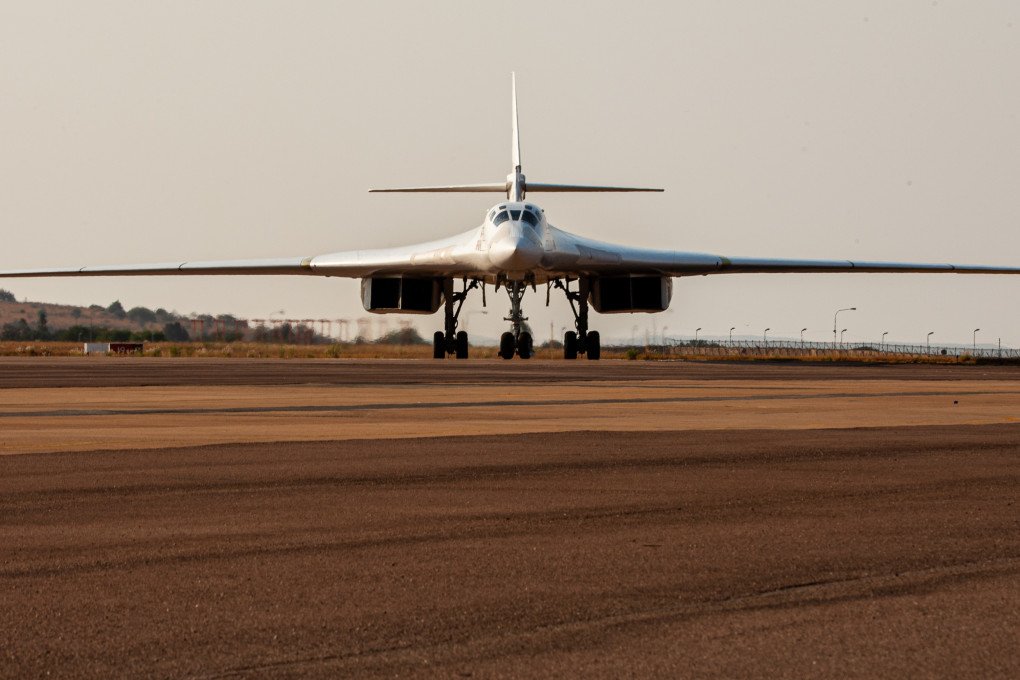
Meanwhile, no new Tu-95MS bombers are being produced. Estimates suggest Russia has between 40 to 60 units, though not all are operational.
Of these, only 18 to 27 have been upgraded to launch Kh-101 cruise missiles, redesignated Tu-95MSM. All upgrades were limited to the Tu-95MS-16 variant; the Tu-95MS-6 variant is not believed to be upgradeable.
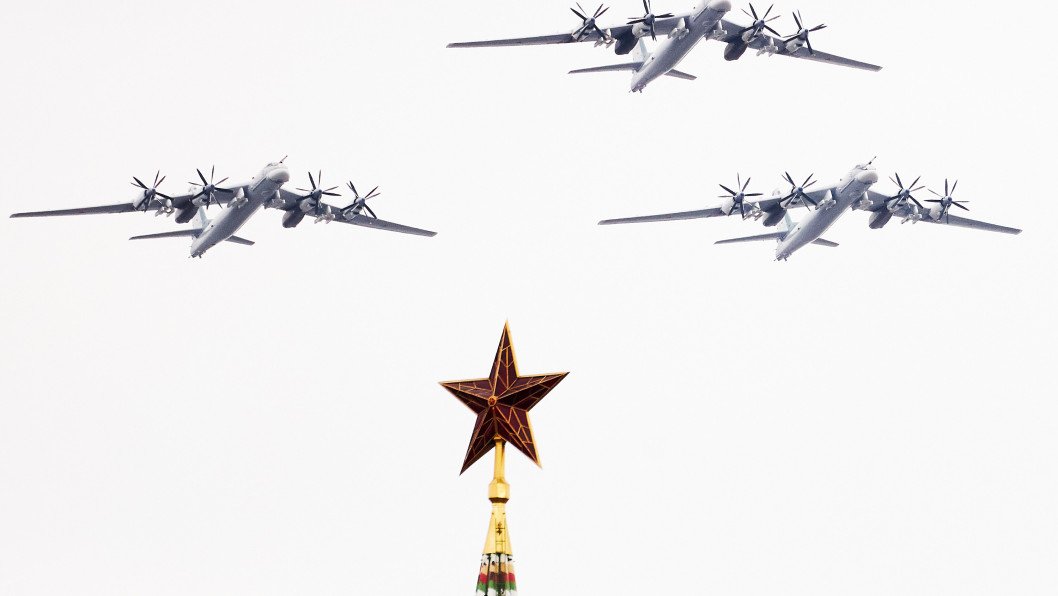
As for the Tu-22M3, it is considered a long-range bomber, not strategic, and carries only high-speed Kh-22 and Kh-32 missiles—not cruise missiles.
Fewer than 55 Tu-22M3s remain, and not all are flight-worthy. A stalled modernization program (Tu-22M3M) aims to revive six additional airframes assembled during the Soviet era but left idle outdoors for over three decades.
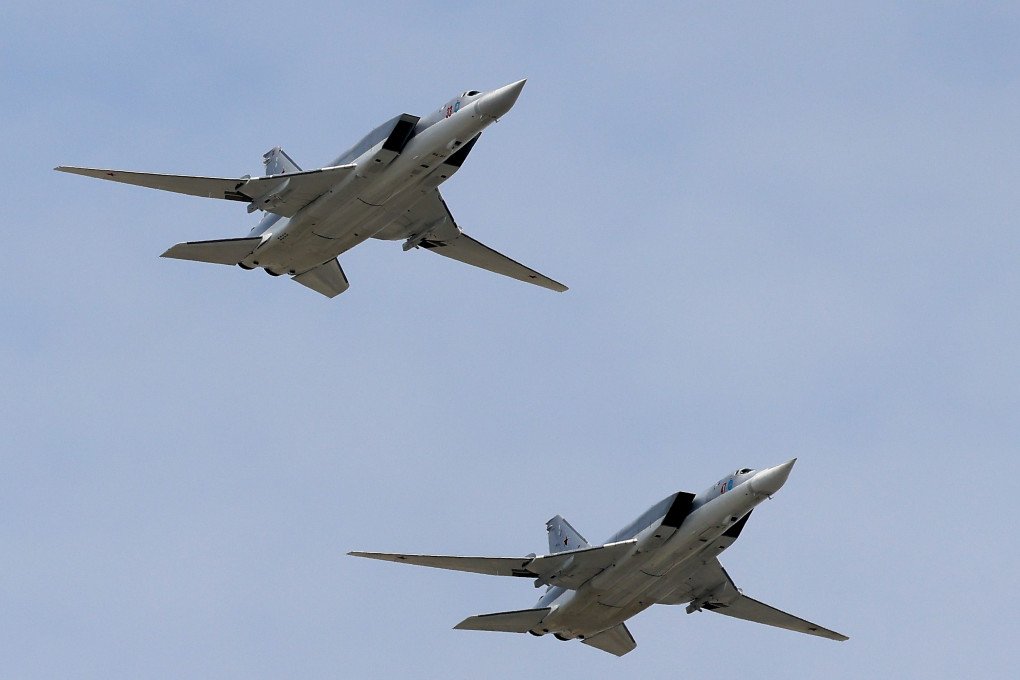
Russia’s PAK DA program
Russia’s only real option for rebuilding its strategic bomber fleet is the PAK DA program—a stealth bomber concept officially known as “Izdeliye 80.”
Originally expected to fly in 2025 and enter service by 2027, the program has repeatedly missed deadlines.
As of 2021, 12 years after the program began, only a static mock-up for ground testing exists—no flight-ready prototype has been completed. Realistically, observers say a functional PAK DA bomber is at least 10–20 years away, assuming Russia can overcome industrial and financial challenges.
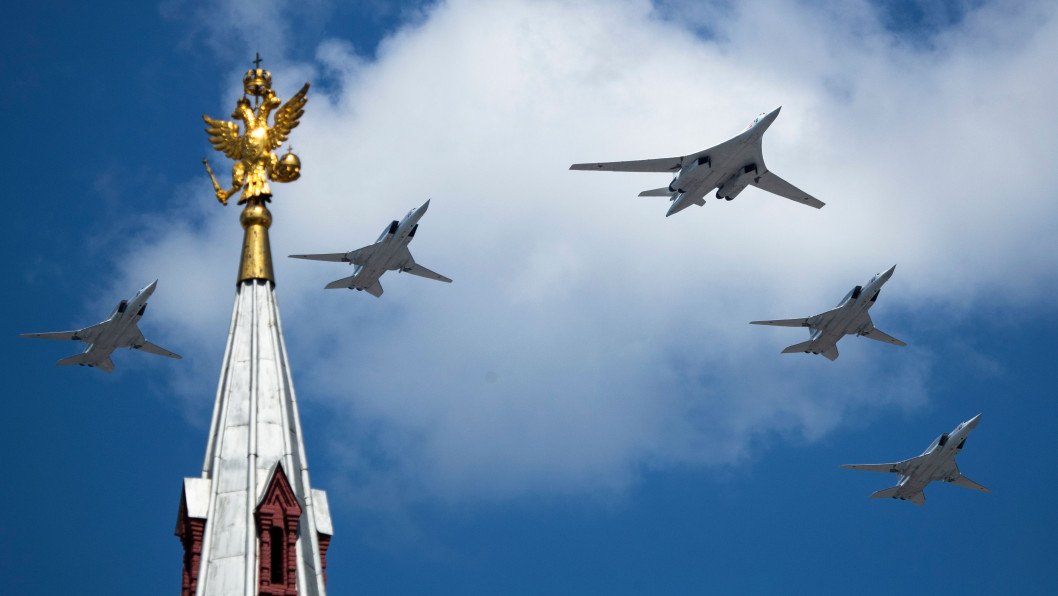
This means that the only true replacement for lost Tu-95 and Tu-22 bombers would come from a program that may never deliver at scale, especially given Russia’s current economic and wartime constraints.
Strategic bombers are “luxury assets” in warfare
Even if PAK DA production begins, its unit cost will be massive due to the small number of aircraft likely to be built.
The US experience with the B-2 Spirit is instructive: only 21 were produced, and the per-unit cost, including R&D, topped $2.13 billion.
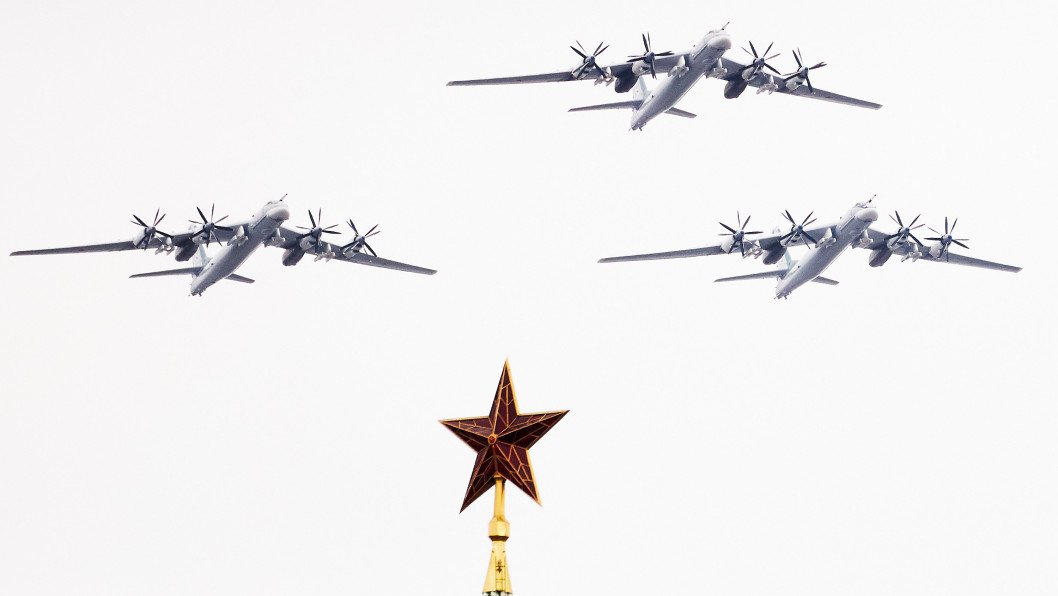
Applying the same economics to Russia, the replacement cost of the bombers lost in operation Spider Web would likely exceed $7 billion, possibly by a wide margin, Defense Express notes.
Earlier, reports emerged that Ukrainian forces trained artificial intelligence systems used in drone operations by studying Soviet-era bombers preserved in military museums—aircraft that mirror those now being struck deep inside Russian territory.


-ce9a134791207c81306f56ab3d75ffb6.jpg)
-72b63a4e0c8c475ad81fe3eed3f63729.jpeg)
-45ed3be17a7bb74903649ed9258196f8.jpg)
